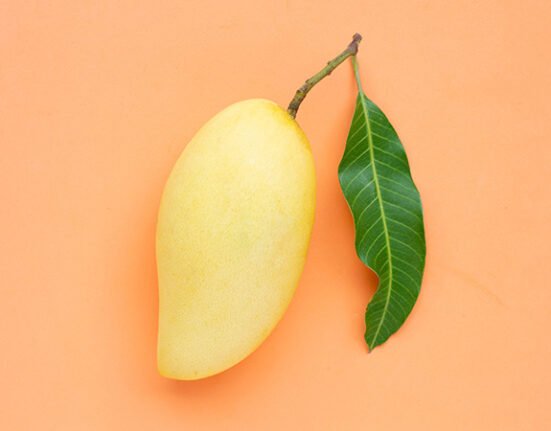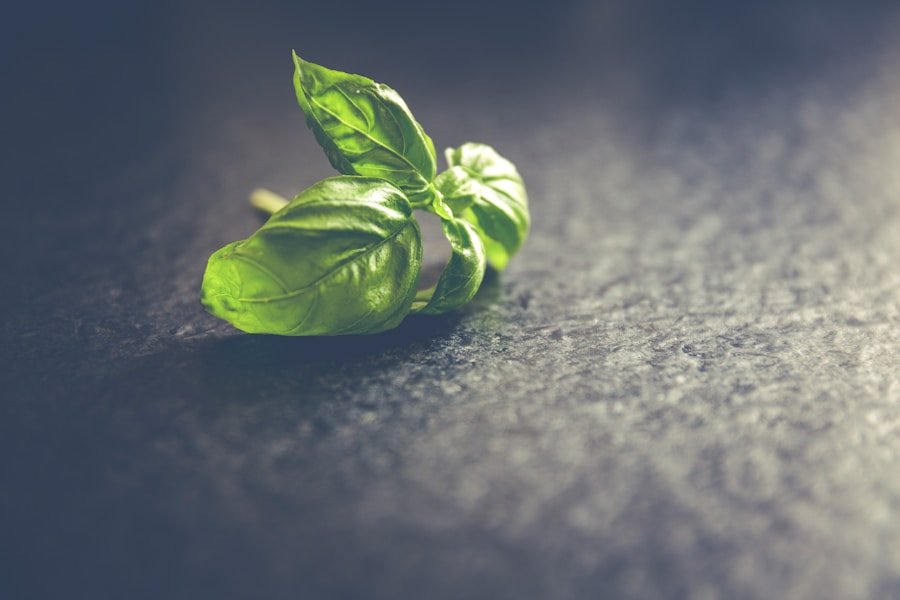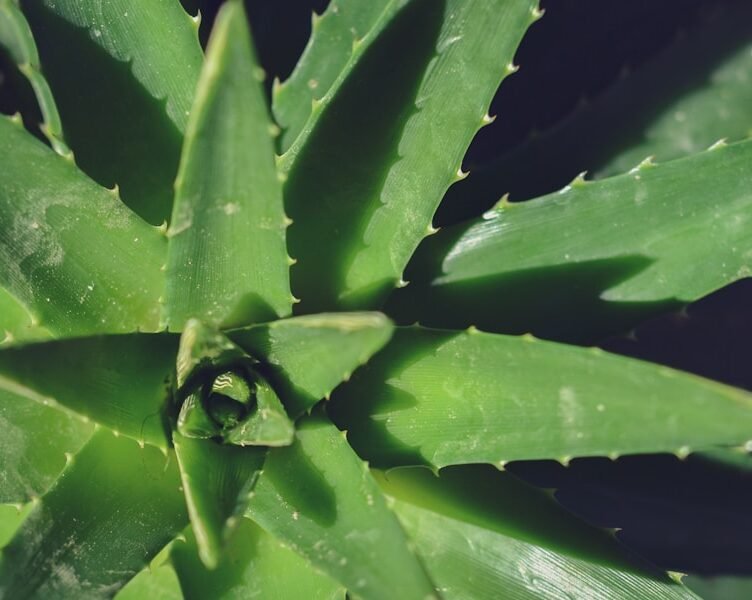The growth cycle of indoor leafy greens and herbs is influenced by factors such as light, water, and temperature, and understanding this cycle is crucial for determining the optimal harvesting frequency. Leafy greens like lettuce, spinach, and kale typically have a relatively short growth cycle, taking around 4-6 weeks to mature from seed to harvest. Herbs such as basil, cilantro, and parsley also have a similar growth cycle, with the added advantage of allowing for continuous harvesting throughout their growing season.
During their growth cycle, indoor plants undergo distinct stages, including germination, seedling, vegetative growth, and flowering. Each stage requires specific care and attention to ensure healthy and abundant harvests. It is essential to note that the growth cycle can vary depending on the specific variety of leafy greens and herbs being cultivated.
Some varieties may have a longer or shorter growth cycle, making it vital to research and understand the unique needs of each plant to maximize yields.
Key Takeaways
- Leafy greens and herbs can be harvested from indoor plants as often as every few weeks, depending on the growth cycle and plant health.
- Understanding the growth cycle of indoor leafy greens and herbs is crucial for determining the frequency of harvesting.
- Factors such as plant variety, light exposure, water and nutrient levels, and temperature can affect the harvesting frequency of indoor plants.
- Best practices for harvesting indoor plants include using clean, sharp scissors, harvesting in the morning, and avoiding overharvesting to maintain plant health.
- To maximize yield, regularly harvest the outer leaves of leafy greens and herbs, and consider staggered planting for a continuous harvest.
Factors Affecting the Harvesting Frequency of Indoor Plants
Lighting: The Key to Growth and Development
Light is one of the most critical factors affecting the growth and development of plants. Insufficient light can slow down the growth cycle, resulting in smaller yields and less frequent harvesting. On the other hand, too much light can cause plants to bolt or go to seed prematurely, reducing the overall harvestable lifespan of the plant.
Water and Nutrients: The Foundations of Healthy Growth
Water and nutrients also play a significant role in determining the harvesting frequency of indoor plants. Overwatering or underwatering can stunt the growth of plants and affect their ability to produce healthy leaves and foliage. Similarly, inadequate or excessive nutrients can impact the overall health and productivity of indoor plants. It is essential to maintain a proper watering and feeding schedule to ensure that plants are receiving the necessary resources for optimal growth and continuous harvesting.
Temperature and Humidity: Creating a Comfortable Environment
Temperature and humidity are additional factors that can influence the harvesting frequency of indoor plants. Most leafy greens and herbs thrive in moderate temperatures with adequate humidity levels. Extreme temperatures or fluctuations can stress plants and affect their ability to produce quality foliage for harvesting. It is important to create a stable and comfortable environment for indoor plants to promote consistent growth and regular harvesting.
Best Practices for Harvesting Leafy Greens and Herbs from Indoor Plants
Harvesting leafy greens and herbs from indoor plants requires careful attention to detail and proper techniques to ensure a bountiful yield and continued growth. When harvesting leafy greens such as lettuce and spinach, it is best to pick the outer leaves first, allowing the inner leaves to continue growing for future harvests. This method promotes a continuous supply of fresh greens while allowing the plant to maintain its overall health and vitality.
For herbs like basil and cilantro, regular pruning is essential for promoting bushy growth and preventing premature flowering. Pinching off the top leaves and stems encourages lateral branching, resulting in a fuller and more productive plant. When harvesting herbs, it is important to avoid removing more than one-third of the plant at a time to prevent stress and promote regrowth.
Maximizing Yield: Tips for Regular Harvesting of Indoor Plants
| Plant | Harvest Frequency |
|---|---|
| Basil | Once every 2-3 weeks |
| Mint | Once every 2-3 weeks |
| Parsley | Once every 2-3 weeks |
| Lettuce | Harvest outer leaves as needed |
| Spinach | Harvest outer leaves as needed |
To maximize the yield of indoor leafy greens and herbs, it is important to establish a regular harvesting schedule based on the growth cycle of each plant. Regular harvesting not only ensures a continuous supply of fresh produce but also encourages plants to produce more foliage for future harvests. By staying on top of the harvesting schedule, indoor gardeners can enjoy a steady stream of homegrown greens and herbs throughout the growing season.
In addition to regular harvesting, providing optimal growing conditions such as adequate light, water, and nutrients is crucial for maximizing yield. Proper pruning and maintenance also play a significant role in promoting healthy growth and abundant harvests. By following these tips and best practices, indoor gardeners can enjoy a thriving indoor garden full of lush leafy greens and flavorful herbs.
Balancing Harvesting and Plant Health: Finding the Right Frequency
Finding the right balance between harvesting frequency and plant health is essential for maintaining a productive indoor garden. While it is tempting to harvest as much as possible, it is important to consider the needs of the plant and avoid overharvesting. Overharvesting can weaken the plant and reduce its ability to produce new foliage, ultimately leading to a decline in overall yield.
On the other hand, underharvesting can also have negative effects on plant health and productivity. Allowing plants to become overgrown or overcrowded can lead to competition for resources and hinder their ability to produce quality foliage. It is important to strike a balance between regular harvesting and allowing plants to regrow and replenish their energy reserves for future harvests.
Planning for Continuous Harvest: Strategies for Indoor Gardening
Staggered Plantings and Crop Rotation
Additionally, rotating crops and replanting as needed can help maintain a consistent flow of homegrown greens and herbs. This approach allows gardeners to make the most of their indoor space and ensures a continuous supply of fresh produce.
Succession Planting for Maximum Yield
Utilizing techniques such as succession planting can also contribute to a continuous harvest by maximizing space and resources. Succession planting involves sowing seeds or transplanting seedlings at regular intervals to ensure a continuous supply of mature plants for harvesting.
Companion Planting for Healthy Growth
Companion planting is another technique that can promote healthy growth and deter pests, ultimately leading to higher yields and more frequent harvests. By growing compatible plants together, indoor gardeners can create a thriving and diverse indoor ecosystem.
Troubleshooting: Signs of Overharvesting and Underharvesting in Indoor Plants
Recognizing the signs of overharvesting and underharvesting in indoor plants is crucial for maintaining their overall health and productivity. Overharvesting can manifest as stunted growth, yellowing leaves, or a general decline in plant vigor. If these signs are observed, it is important to reduce the frequency of harvesting and allow the plant to recover and regrow before resuming regular harvests.
Conversely, underharvesting can result in overcrowded plants, reduced airflow, and an increased risk of disease or pest infestations. If plants are not being harvested regularly, it is important to assess their overall health and consider adjusting the harvesting schedule to promote healthy growth and prevent potential issues. In conclusion, understanding the growth cycle of indoor leafy greens and herbs is essential for determining the frequency of harvesting.
Factors such as light, water, temperature, and nutrients all play a significant role in influencing the harvesting frequency of indoor plants. By following best practices for harvesting, maximizing yield, balancing harvesting with plant health, planning for continuous harvests, and troubleshooting potential issues, indoor gardeners can enjoy a thriving indoor garden full of lush leafy greens and flavorful herbs year-round.
FAQs
What are some common leafy greens and herbs that can be grown indoors?
Some common leafy greens and herbs that can be grown indoors include lettuce, spinach, kale, basil, parsley, cilantro, and mint.
How often can I harvest leafy greens and herbs from indoor plants?
The frequency of harvesting leafy greens and herbs from indoor plants depends on the specific plant and its growth rate. In general, leafy greens can be harvested every few weeks, while herbs can be harvested as needed.
What is the best way to harvest leafy greens and herbs from indoor plants?
When harvesting leafy greens, it is best to pick the outer leaves first, allowing the inner leaves to continue growing. For herbs, it is best to snip the stems just above a set of leaves, which encourages new growth.
Can I harvest leafy greens and herbs from indoor plants year-round?
Yes, with proper care and maintenance, indoor plants can provide a continuous supply of leafy greens and herbs throughout the year.
Are there any specific tips for harvesting leafy greens and herbs from indoor plants?
It is important to avoid over-harvesting, as this can stress the plant and inhibit future growth. Additionally, using sharp, clean scissors or shears for harvesting can help prevent damage to the plant.






1 Comment